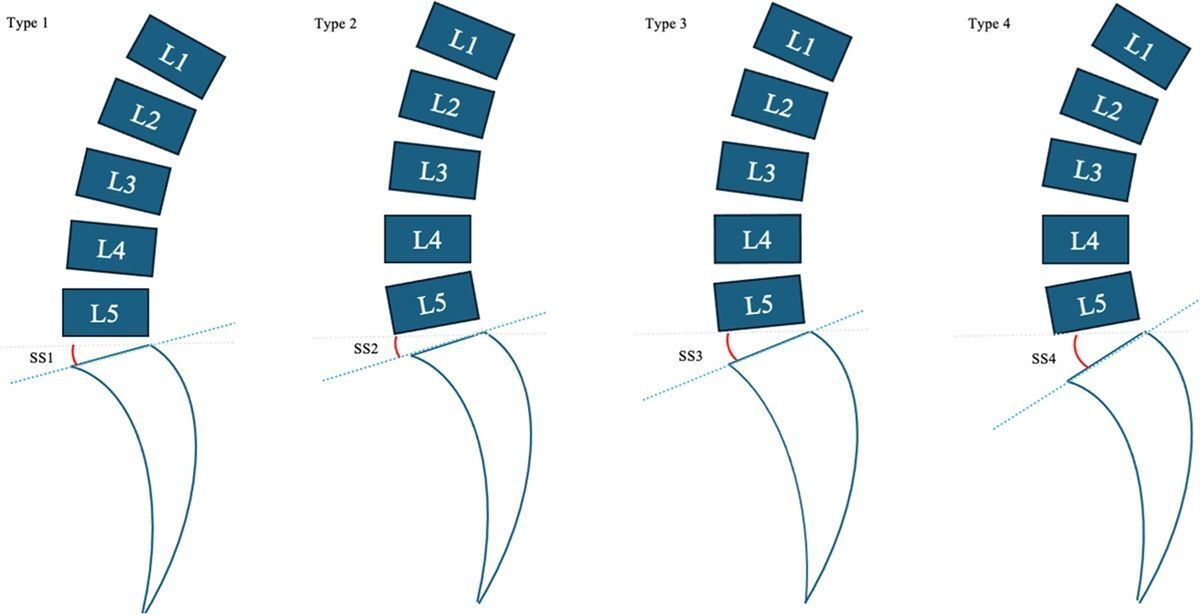- Brain, Spine & Beyond
- Posts
- Pop or Fusion? 📻
Pop or Fusion? 📻
BSB Beyond The Headlines
Unruptured Intracranial Aneurysms
Last video, we went over screening of intracranial aneurysms. In this video, we go through some of the scoring systems for stratifying risk of rupture of intracranial aneurysms and factors aiding clinical decision to treat. Click below to watch.
Deep Dive
Predictors of Spinal Fusion After Spinal Surgery
Of the 363 patients identified in this study, 96 patients had a fusion after their index decompression surgery. Multivariable analysis identified involvement of L4–L5 level in the decompression [odds ratio (OR)=1.83 (1.09–3.14), P=0.026], increased L5–S1 segmental lordosis [OR=1.08 (1.03–1.13), P=0.001], decreased SS [OR=0.96 (0.93–0.99), P=0.023], and decreased endplate obliquity [OR=0.88 (0.77–0.99), P=0.040] as significant independent predictors of fusion after decompression surgery.
|
Your Neuro Take
Intracranial Aneurysms - A Population Health Perspective
Have a look at the statistics below. Do you think we should make it routine practice to screen for intracranial aneurysms?
Neuro Nuggets
Cruising Along the Neural Rail Network
Rate the following metro map of the brain! How accurate do you reckon it is? Follow us on LinkedIn for more posts.
Neuro Calendar
CESR Workshop for UK Neurosurgeons
We just held our first CESR workshop with excellent attendance! We received great feedback and aim to enhance our future workshops. On that note, why not join our waitlist by clicking on the link below:
Here are the benefits:
Step-by-Step CESR Application Guide: Unlock your consultant status with detailed, easy-to-follow guidance.
🔍 Frictionless Review: Ensure perfection with expert reviews that streamline your application process.
📂 Example of Successful Evidence: Access proven templates to strengthen and validate your submission.
🩺 Live Application Review: Get real-time feedback from professionals to refine your application.
🌐 Exclusive Community: Join a members-only network of peers and experts for unmatched support.
🎁 1 Month Free Access to CESR.me: Enjoy full access to resources for free for one month.
❓ Q&A Sessions: Ask your questions and get answers from experts in dedicated sessions.
Register now as places are limited
British Skull Base Society
Click on the picture below to register for the annual society meeting run by the British Skull Base Society:
Frontiers in Innovation and Market
Asset or Liability? Starting a Private Practice in the 21st Century
Healthcare spending in the U.S. has grown to 20% of GDP ($5 trillion) and may reach 32% ($16 trillion) by 2030.
Neurosurgeon private practice costs range from $250,000–$500,000 annually, with malpractice insurance costing $125,000–$225,000.
Medicare/Medicaid reimbursements for common procedures range from $542.87 (Medicaid microdiscectomy) to $3,181.01 (Medicare craniotomy).
Ambulatory surgical center (ASC) market value expected to reach $58.85 billion by 2028; 60% of outpatient procedures now in ASCs.
Physician-owned practices dropped from 54% (2018) to 49% (2020); 52.96% of neurosurgeons are in private practice.

Beyond
Maintaining Empathy in Healthcare
Day in and day out we work hard to ensure our patients’ optimal care and wellbeing. However, we may be stressed by work pressures at times, leading to less than excellent care standards. How can we demonstrate compassion and empathy towards our patients during such hardships? Have a read at the article below.






